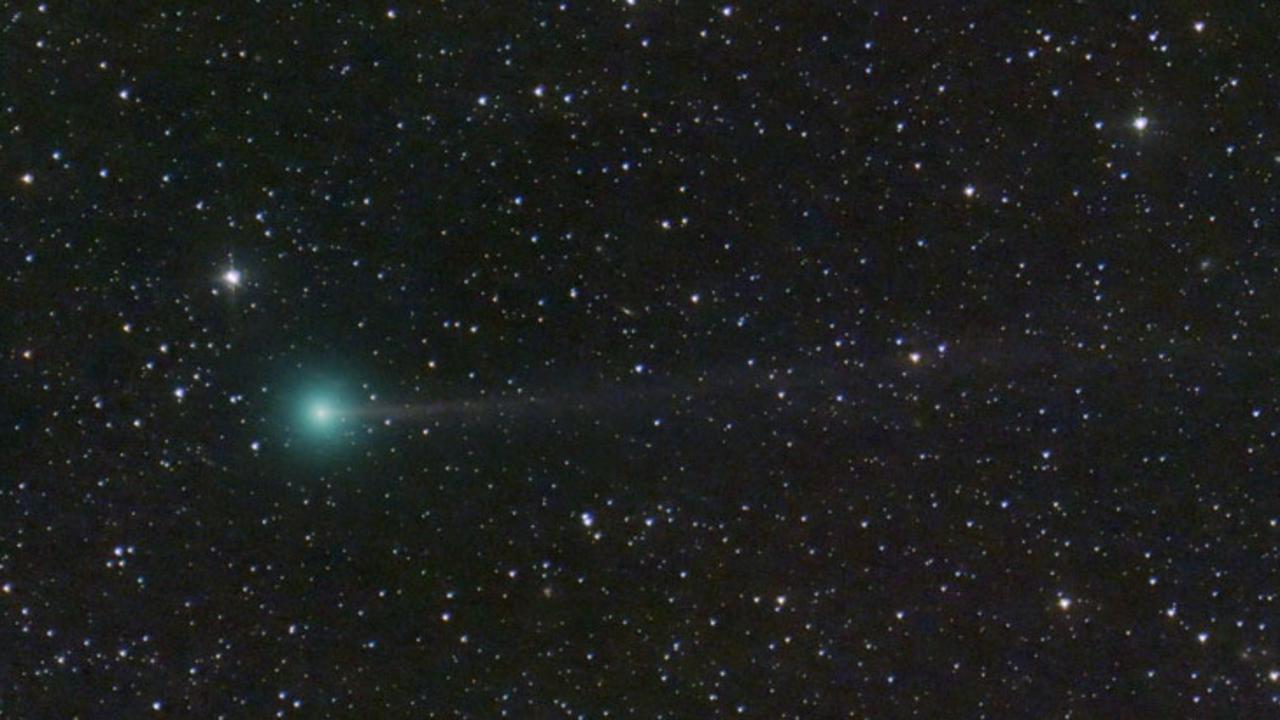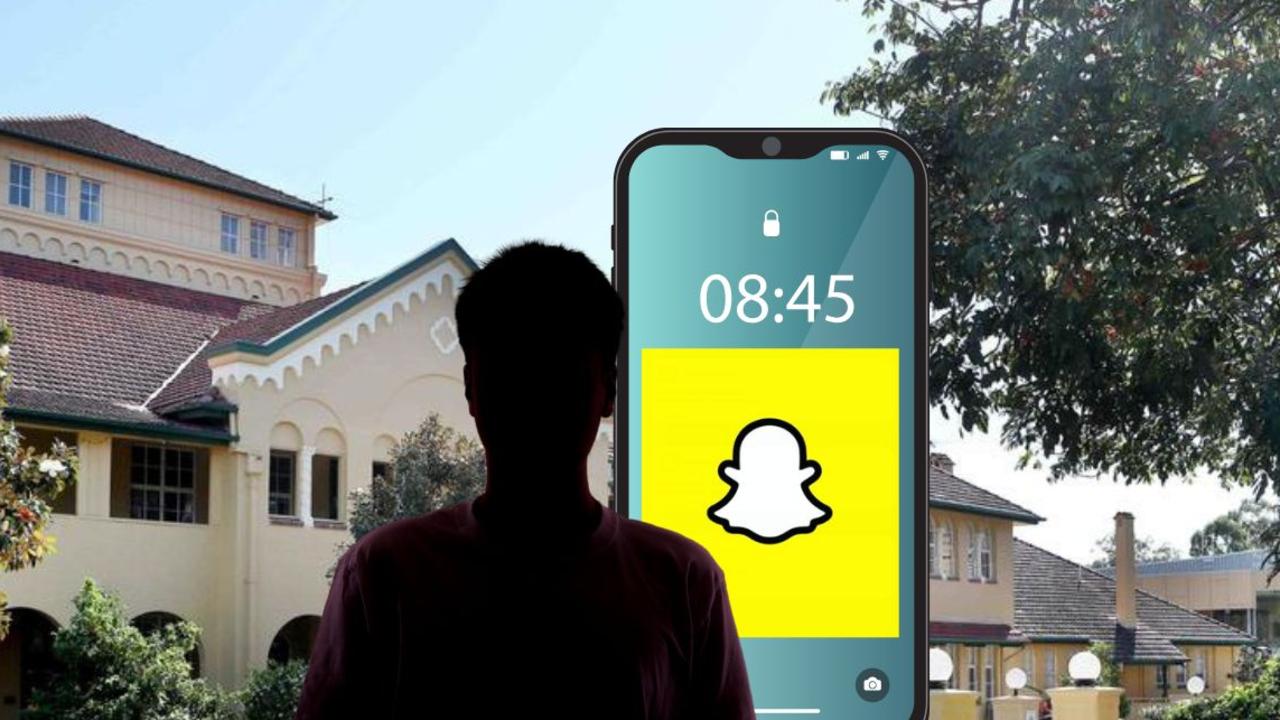Rare comet to streak across the skies for first time in centuries
A newly discovered comet is visible over Queensland this month in a once in a lifetime occurrence. See how you can view it.
QLD News
Don't miss out on the headlines from QLD News. Followed categories will be added to My News.
Queensland stargazers are turning their heads to the sky as a rare ‘green comet’ has become visible to humans for the first time in 437 years.
Comet C/2023 P1, also named Nishimura after the amateur Japanese astronomer who discovered it in August, is almost a kilometre wide and has reportedly suffered a bumpy ride on its orbit around the sun, losing its tail to solar wind before reforming it.
Astronomer at Sir Thomas Brisbane Planetarium Vanessa Porchet said the comet has reached peaked visibility for Queensland, lasting until approximately September 25.
“But unfortunately comets are so unpredictable, it‘s very, very hard to tell whether they will become visible without a telescope or good binoculars,” she said.
“In terms of viewing with the naked eye, this would definitely not be happening anywhere in the city; you would have to be quite far away from any light pollution.”
She said Nishimura is also a rarity for how soon it was discovered before it reached its moment of peak visibility.
“Usually, astronomers will spot them well ahead, some quite a few months before and then they can predict as to when we would be able to see it from earth,” she said.
“This one was discovered about a couple of weeks ago, so it‘s a very fast first viewing for one.”

For Queenslanders in more heavily populated regions of Queensland with adequate equipment or those with dark skies like out at Winton in Central West Queensland, one of the darkest in the world, will need to look close to the horizon at sunrise and sunset.
However, Ms Porchet warned the unpredictable nature of comets and longer days may make it difficult.
“Looking west, make a fist above the horizon you should be able to start to spot a faint orange dot, this is Mars, quite recognisable because it doesn’t twinkle like stars usually do,” she said.
“The comet will basically be located pretty much halfway between Mars and the horizon, so we say about five degrees above the horizon, or about four fingers above the horizon.”
“It will pretty much be bathing in the sunlight because it‘s really in that part of the sky … our days are getting longer and you will have a bit of sunlight coming through so this is definitely not ideal conditions, unfortunately.”
Despite this she said encouraged all Queenslanders to keep an eye on the sky.
“It‘s always a nice thing to do, look for planets and stars, it’s a beautiful sight and at the moment we have an amazing sunset and sunrise.”
Originally published as Rare comet to streak across the skies for first time in centuries







